Reservoir Hydrosphere: a watch that comes with a diving experience
Explore the Mediterranean seabed with this Reservoir timepiece
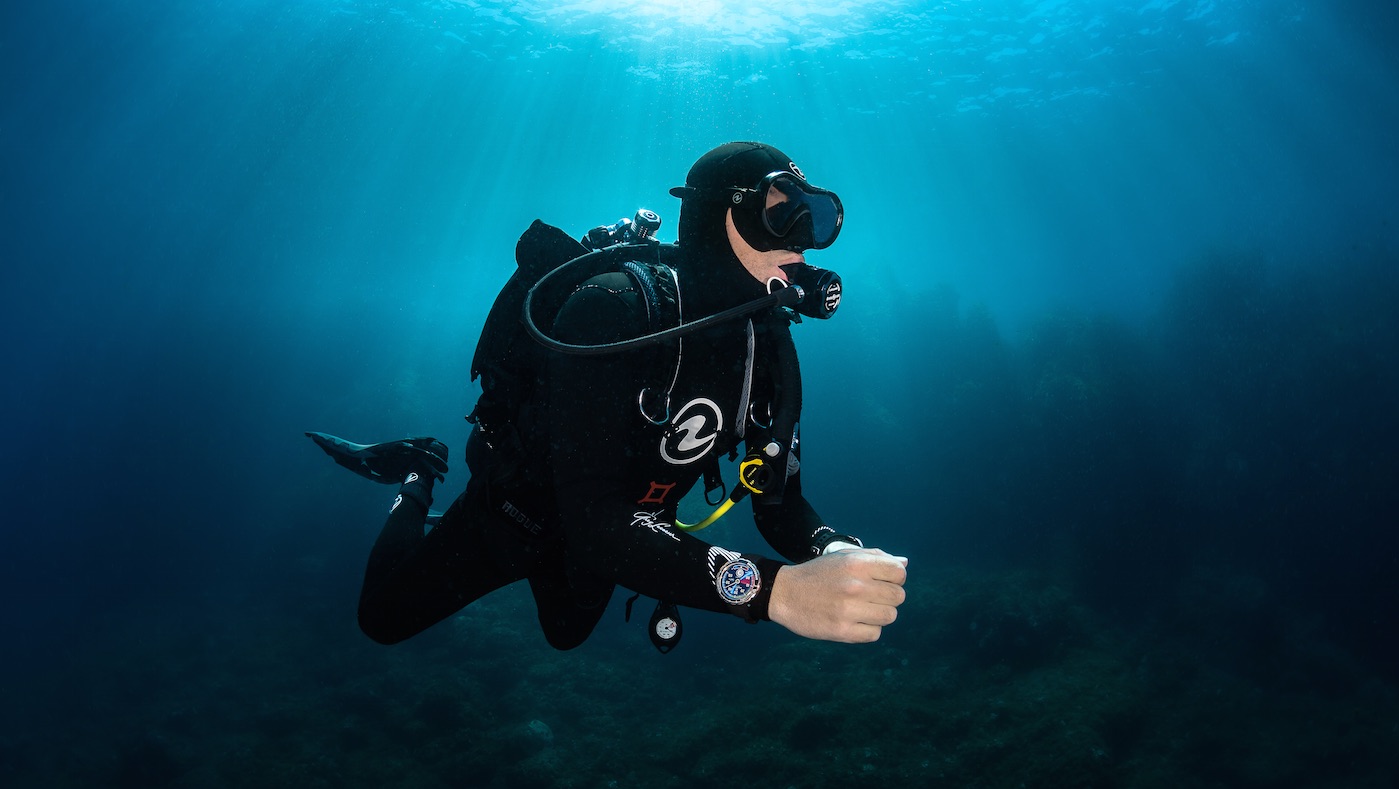
All Reservoir watches are designed with racing, marine or aircraft counters with a retrograde minute and jumping hour hand. The new Reservoir Hydrosphere Bronze timepiece is all about diving with a bonus feature like no other: the watch, a limited edition of 50 pieces, includes a deep sea experience with multi-award-winning underwater photographer Greg Lecoeur in the Port-Cros national park, Hyères, France set to take place this coming September.
Lecoeur, a promoter of ocean biodiversity working to preserve coral health, protect wildlife and combat climate change, is known for his ethereal and incisive shots that plunge us deep into underwater worlds and explore the fragility and beauty of these mysterious hinterlands.
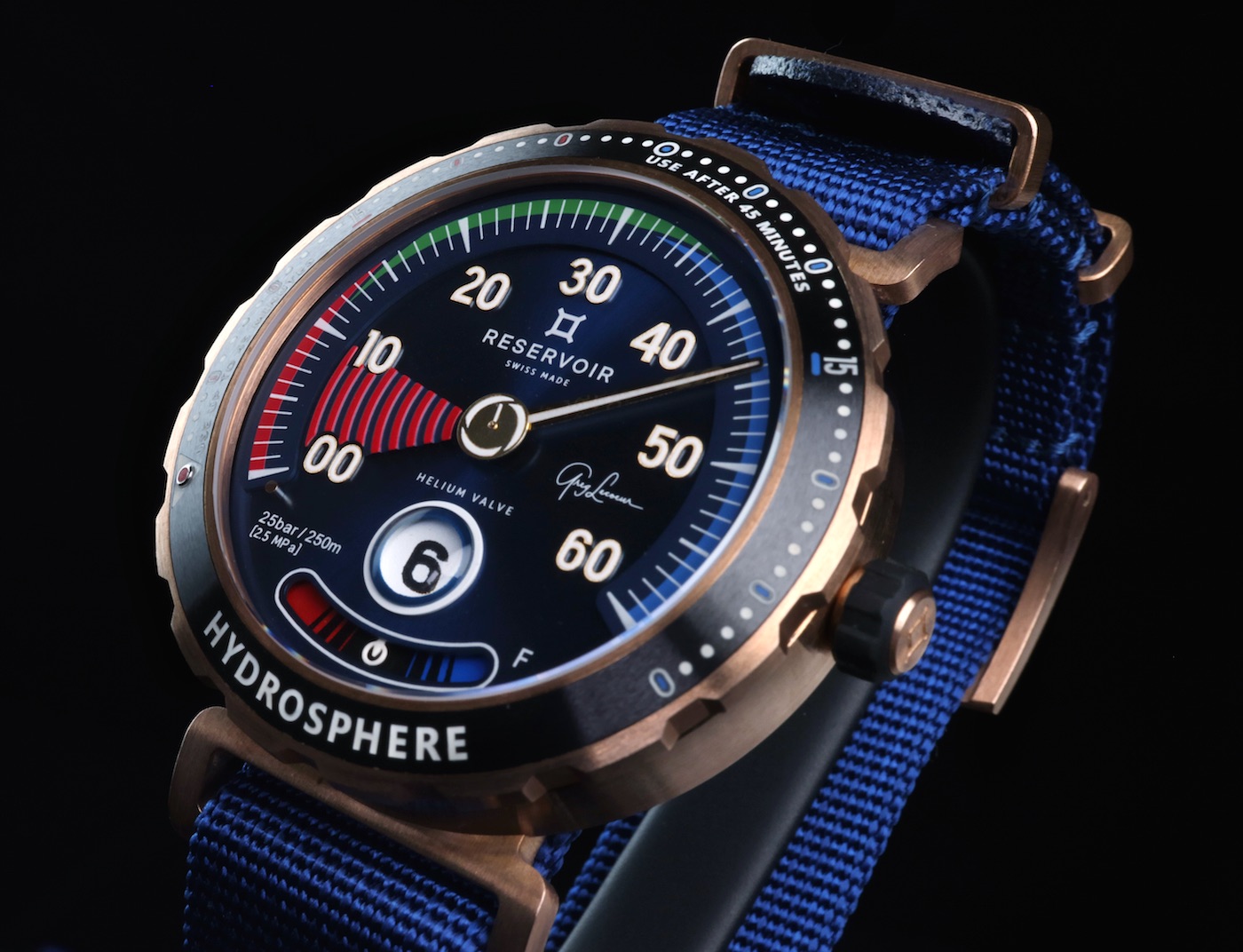
Originally from Nice on the Cote d’Azur, Lecoeur was an entrepreneur before he changed career paths in his late twenties. An intrepid traveller, the then amateur lensman travelled the world with a backpack and honed his skills as a photographer over several years, earning a living as a diving instructor. Before long, his portfolio of images of marine life - everything from giant turtles in the Galapagos to blue marlin piercing through the Pacific near Baja, Mexico - earned him plaudits and important work in the field of marine reportage.
The Week
Escape your echo chamber. Get the facts behind the news, plus analysis from multiple perspectives.

Sign up for The Week's Free Newsletters
From our morning news briefing to a weekly Good News Newsletter, get the best of The Week delivered directly to your inbox.
From our morning news briefing to a weekly Good News Newsletter, get the best of The Week delivered directly to your inbox.
In 2016, his work was awarded the Grand Prize for Nature Photographer of the Year by National Geographic with a photo taken in South Africa during the Sardine Run. In 2020 he won The Underwater Photographer of the Year prize for his impactful image of crabeater seals swimming around an iceberg in Antarctica.
The Reservoir Hydrosphere timepiece (£4,600) is well worth the attention - a suitably robust release that will appeal to underwater explorers not least because its dial takes its cues from scuba diving pressure gauges. On a more technical note, the satin finished bronze case has a ceramic unidirectional rotating bezel with two scales for reading dive-decompression levels before and after the return of the retrograde hand. Like Rolex’s Sea-Dweller and Omega’s Seamaster Diver 300, the watch has a helium valve which releases the helium bubbles that become trapped in the casing, a crucial addition given that this model is water-tight to 250 metres. The hand is coated in a luminous lacquer that stores light during the day to then reflect it in dark conditions, while the hour window is covered with a magnifying glass to optimise visibility.
Here, Lecoeur speaks about some of his most famous images, which may just persuade you to invest in this unique purchase which comes in its own special presentation box complete with the dive invitation, second rubber strap and exploration notebook illustrated by his photographic work.
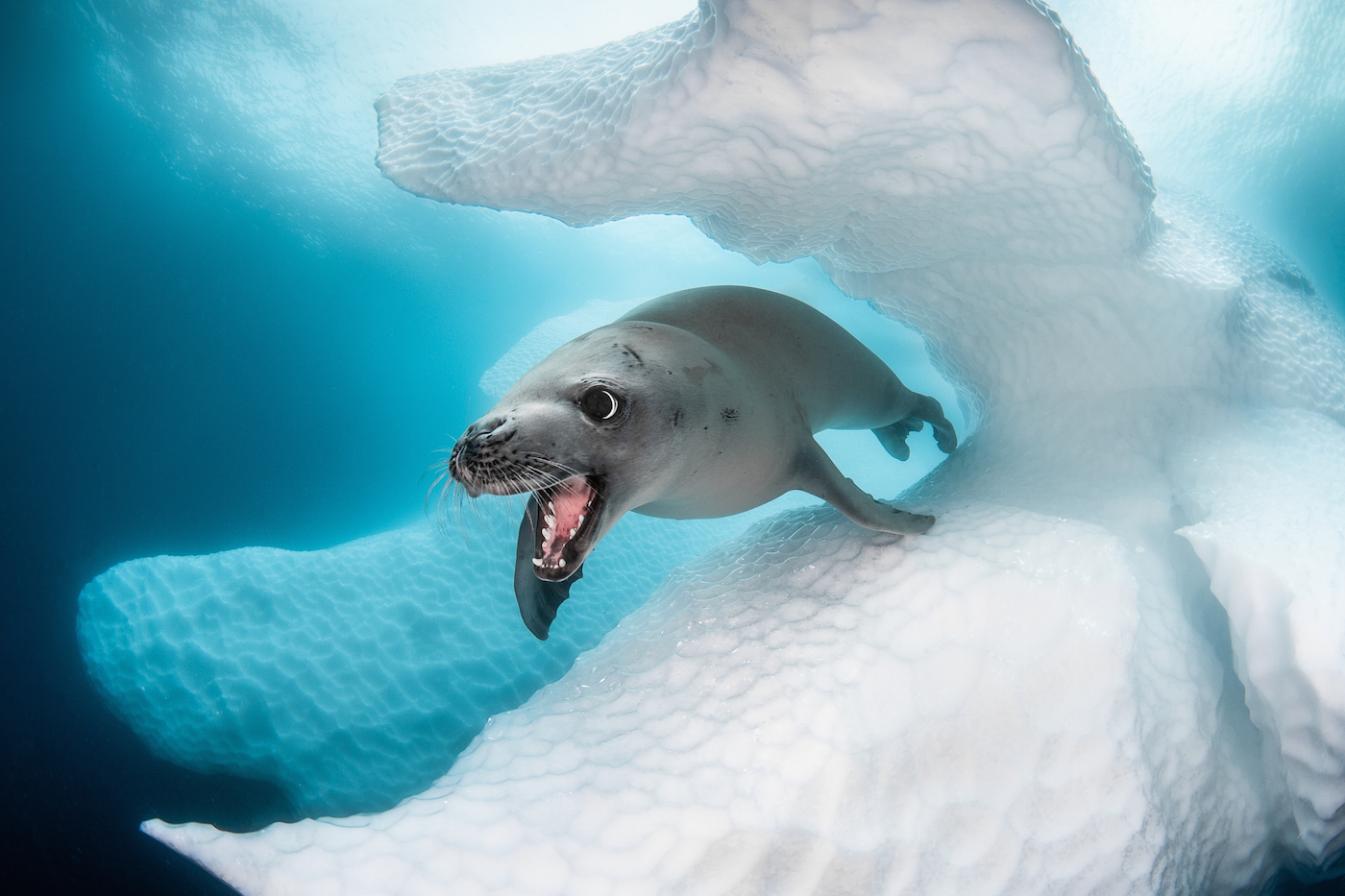
Magical setting
A free daily email with the biggest news stories of the day – and the best features from TheWeek.com
“This exploration of the polar waters of the Antarctic Peninsula was one of the most beautiful moments I have ever had. Here, in this distant uninhabited territory, diving is a real challenge. The hostile climate above the surface, and the freezing temperature of the water are not ideal conditions for a diver. But yet, under the ice, life abounds. Initially I set off to document the sea leopard, one of the encounters that struck me the most was the unexpected one with a group of crabbier seals. Despite their name, cerebrate seals do not eat crabs, but only krill. Here, one of them was moving happily along the icebergs, A very strong moment in this absolutely magical setting.”
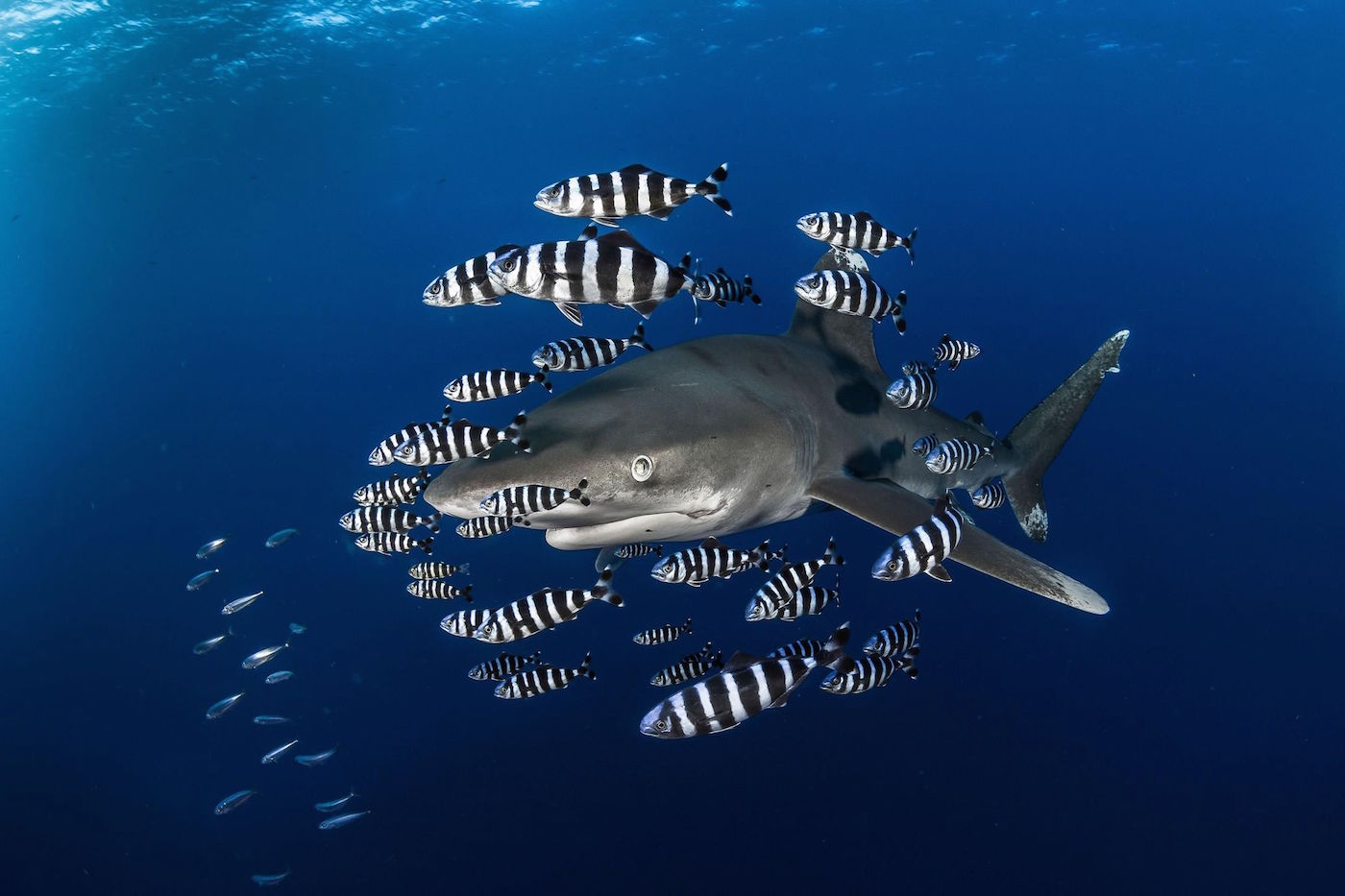
One of my favourite photographic subjects
“Sharks are animals absolutely essential to the health of the oceans. At the top of the food chain, they thus regulate the lower links. They are unfortunately victims of their reputation. Yet they are elegant animals, moving with grace. Their swim - both leisurely and powerful - is hypnotic. At the height of evolution, they have seasoned extremely developed senses to become super predators. Here, the oceanic white tip shark, well known as the longimanus, is accompanied by a pilot fish: it is an ideal shelter for them, warding off their predators. It is a pelagic shark living offshore, and able to detect prey from several kilometres away. Very inquisitive, he does not hesitate to approach divers. He is one of my favourite photographic subjects to this day.”
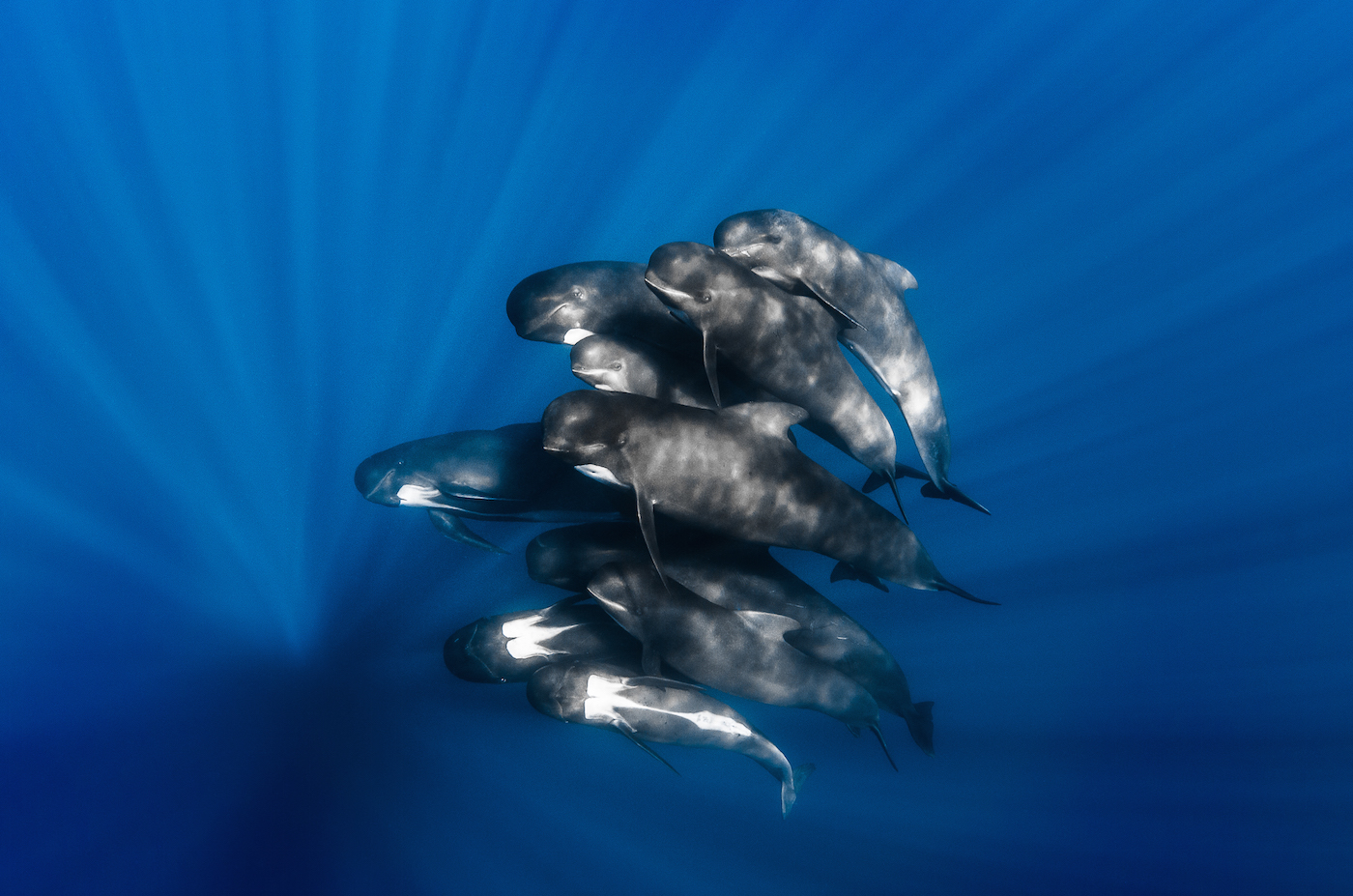
A moving encounter
“Originally from Nice, I spent a lot of time, from an early age, exploring the Mediterranean waters, especially offshore. They reserve a rich and poorly understood biodiversity. One of the most moving encounters I have had there is one with pilot whales. These smart animals are also extremely social and develop extraordinarily strong bonds. To be far from the coast, under the surface of the water, in front of this united group which came to investigate me delicately, was a truly timeless moment.”

An abundance of life
“Making these kinds of images represents a particularly exciting challenge. Indeed, it takes a lot of time in the open sea and a lot of patience to spot schools of sardines, surrounded by predators. Bird activity thus indicates the direction and signs of predation. Having the chance to attend a ‘Sardine Run’ is therefore a fabulous moment: all the marine predators hunt in unison and team up for a great feast. The most spectacular are the seabirds, in particular the Cape Gannets. They pierce the surface of the water at an incredible speed, to find themselves in the middle of an abundance of life.”
-
 Trump’s poll collapse: can he stop the slide?
Trump’s poll collapse: can he stop the slide?Talking Point President who promised to ease cost-of-living has found that US economic woes can’t be solved ‘via executive fiat’
-
 Codeword: December 7, 2025
Codeword: December 7, 2025The daily codeword puzzle from The Week
-
 Crossword: December 7, 2025
Crossword: December 7, 2025The daily crossword from The Week
-
 Best UK literary festivals and book fairs in 2023
Best UK literary festivals and book fairs in 2023feature A look at some the biggest events for book lovers in Britain in 2023
-
 Fabulous foodie adventures in Peru, Japan and Australia
Fabulous foodie adventures in Peru, Japan and Australiafeature Featuring a Peruvian pilgrimage and foraging in the Volcanic Lakes and Plains
-
 Top 10 best debut novels of all time
Top 10 best debut novels of all timefeature Harry Potter and the Philosopher’s Stone took top spot in a poll of British literary lovers
-
 Watership Down: disturbing children’s film finally loses its U rating
Watership Down: disturbing children’s film finally loses its U ratingfeature The 1978 adaptation of Richard Adams’s novel no longer feels ‘suitable for all’
-
 How to pack efficiently and save on airfares
How to pack efficiently and save on airfaresfeature Travel tips and hacks for making the most of a bargain flight
-
 Edge of Ember: affordable fine jewellery for classicists
Edge of Ember: affordable fine jewellery for classicistsfeature London-based brand has gone from strength to strength with its youthful and elegant designs
-
 ‘Pinnacle of gastronomy’: how Central became the world’s best restaurant in 2023
‘Pinnacle of gastronomy’: how Central became the world’s best restaurant in 2023feature Flagship Lima restaurant of chefs Virgilio Martínez and Pía León is an ‘ode to Peru’
-
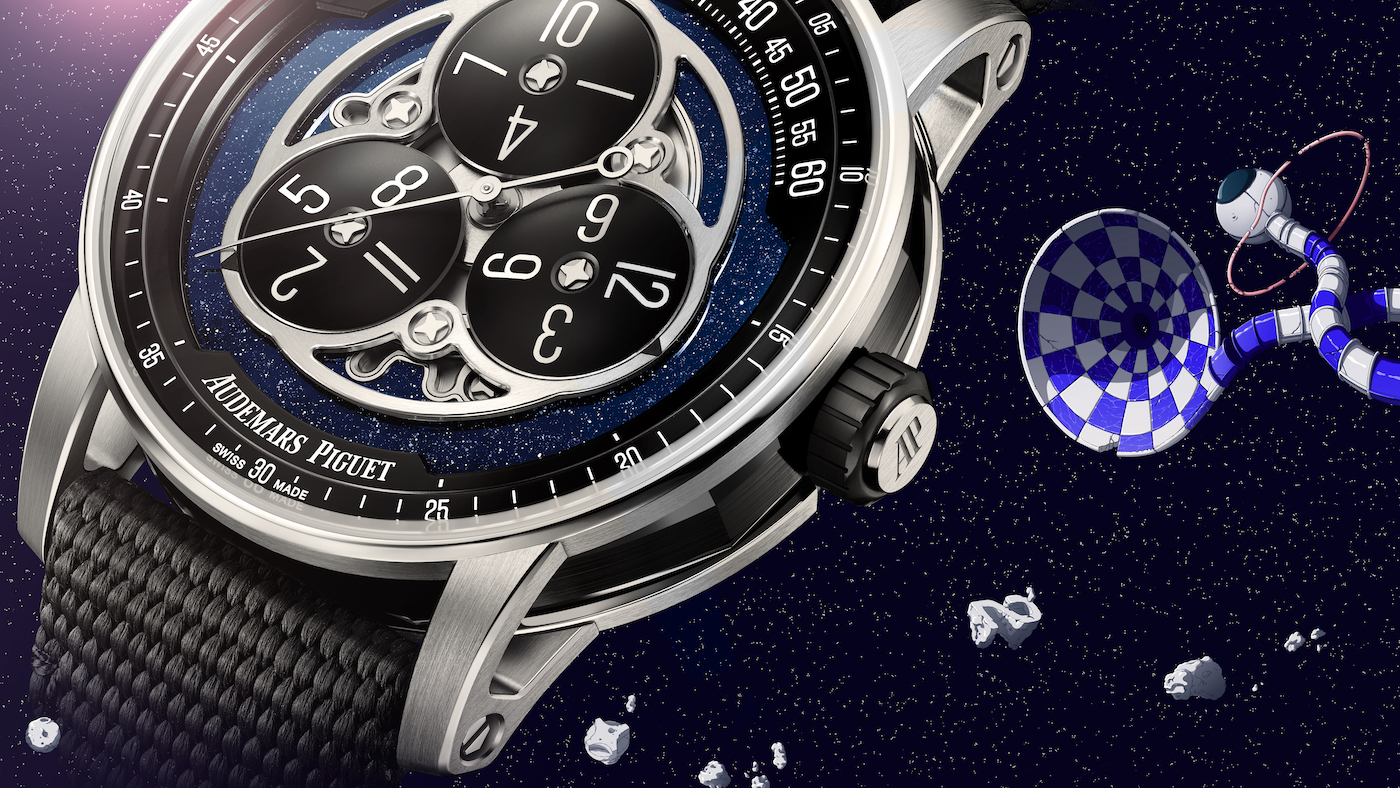 Wandering star: Audemars Piguet’s new Code 11.59 Starwheel watch
Wandering star: Audemars Piguet’s new Code 11.59 Starwheel watchfeature Engmatic and alluring, this timepiece has a suitably spiritual backstory